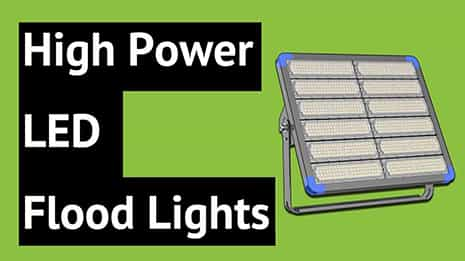
Lighting is an essential part of any infrastructure, whether it’s a residential, commercial, or industrial facility. It is one of the significant contributors to energy consumption globally. Traditional lighting sources such as incandescent, fluorescent, and halogen lamps have been in use for decades. However, advancements in technology have led to the development of high power LED flood lights, which have gained popularity in recent years.
The LED light offer several benefits compared to traditional lighting options, including efficiency, durability, and environmental friendliness. In this article, we will explore the features of high power LED flood lights that make them more efficient than traditional lighting options.

One of the significant features of high power LED flood lights is the power output they provide. They come in various power ratings, ranging from 50 Watts to 1250 Watts. This range of power ratings ensures that there is an option for every lighting need, whether it’s a small residential area or a large industrial facility. The power output is also more efficient than traditional lighting options. For instance, a 200 Watt LED flood light can provide the same level of illumination as a 400 Watt metal halide lamp. This means that LED light use less power to produce the same amount of light, resulting in significant energy savings.
Traditional lighting options waste a lot of energy by producing heat, whereas LED lights are designed to convert almost all the electricity that they consume into light, which makes them highly efficient. This results in significant energy savings, lower electricity bills, and a reduced carbon footprint.
LED flood lights produce less heat compared to traditional lighting options. This is because they convert almost all the electricity they consume into light, unlike traditional lighting options that produce a significant amount of heat. This makes them safer to use in commercial and industrial settings where high temperatures can be dangerous.
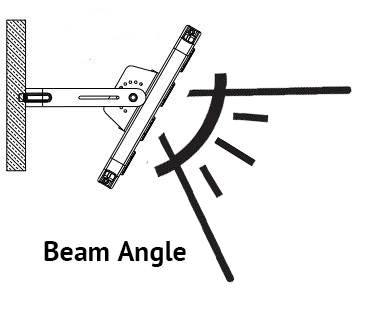
Another feature that makes high power LED flood lights more efficient than traditional lighting options is their beam angle. The beam angle refers to the angle at which light is emitted from the fixture. A wide range of beam angles, including 15°, 30°, 45°, 60°, and 90°. This means that the light can be directed to the specific area that needs to be illuminated, reducing light wastage. In contrast, traditional lighting options such as fluorescent and incandescent lamps emit light in all directions, leading to light wastage and inefficiency.

The color temperature of a light source refers to the perceived color of the light emitted. High power LED flood lights have a range of color temperatures, including 3000K, 4500K, and 6000K. The 3000K color temperature produces warm white light, while the 4500K color temperature produces natural white light. The 6000K color temperature produces cool white light. The ability to select the appropriate color temperature for a specific application ensures that the light output is suitable for the intended purpose, resulting in improved efficiency.
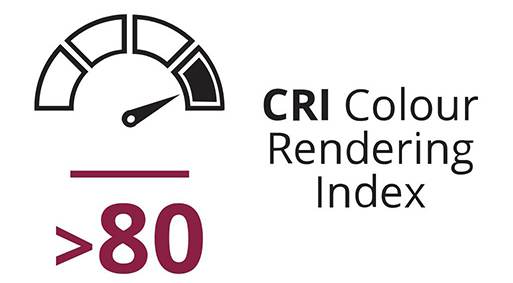
The Color Rendering Index (CRI) is a measure of how well a light source can reproduce the colors of objects accurately. High power LED flood lights have a CRI of 80, which means that they can accurately render colors. In contrast, traditional lighting options such as fluorescent lamps have a CRI of 70, which can result in poor color reproduction. The accurate color reproduction of high power LED flood lights ensures that objects appear as they should, improving efficiency in tasks that require color accuracy.
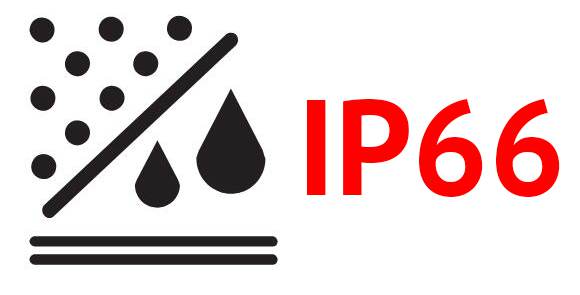
High power LED flood lights have an IP66 rating, which means they are protected against dust and water. This makes them suitable for outdoor use, even in harsh weather conditions. Traditional lighting options such as fluorescent and incandescent lamps are not suitable for outdoor use as they are not waterproof or dustproof. The ability to use LED light in outdoor environments ensures that energy-efficient lighting is available where it is needed, improving efficiency.
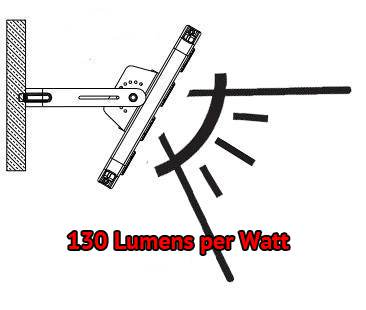
uminous efficiency is a measure of how efficiently a light source converts electrical energy into visible light. High power LED flood lights have a luminous efficiency of 130 Lumens per Watt. This means that they can produce a significant amount of light output using a small amount of electrical energy. In contrast, traditional lighting options such as incandescent and fluorescent lamps have a lower luminous efficiency, resulting in higher energy consumption and lower efficiency.

LED lights are highly durable and have a longer lifespan than traditional lighting options. They are made from high-quality materials that can withstand extreme weather conditions, vibrations, and shock. Additionally, they do not contain filaments or glass tubes, which are fragile and can easily break. This means that high power LED flood lights require less maintenance, reducing downtime and improving efficiency.
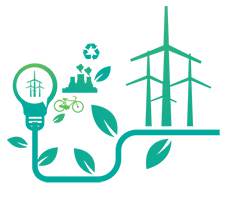
High power LED flood lights are environmentally friendly as they do not contain harmful substances such as mercury, which is found in traditional lighting options such as fluorescent lamps. Additionally, they do not emit harmful UV rays, which can damage the environment and human health. The long lifespan and low energy consumption also reduce the carbon footprint, resulting in improved environmental efficiency.
LED flood light can also contribute to reducing light pollution. They can be designed with directional lighting that minimizes the amount of light that is wasted by illuminating areas where it’s not needed. This is particularly important in urban environments, where excessive lighting can disrupt natural habitats, interfere with wildlife behavior, and cause sleep disruption in humans.

High power LED flood lights are more efficient and effective than traditional lighting options for several reasons, including power efficiency, power range and beam angle options, color temperature and CRI, IP grade, luminous efficiency, longer lifespan, less heat emission, and environmental friendliness. These features make high power LED flood lights a popular choice for commercial and industrial lighting needs.
LED lights offer significant cost savings and energy efficiency compared to traditional lighting options. With a longer lifespan, they require less frequent replacement and maintenance, reducing costs and time spent on maintenance. Additionally, the ability to adjust the beam angle and color temperature makes them versatile for various lighting needs.
The IP grade and luminous efficiency make them ideal for outdoor and indoor settings. The IP66 rating ensures that they are durable and can withstand harsh environments, while the luminous efficiency ensures that they produce a high amount of light output per watt consumed, making them highly energy-efficient.
The less heat emission from LED light makes them safe to use in commercial and industrial settings, where high temperatures can be dangerous. The environmental friendliness of LED lights is also a significant advantage, reducing waste and environmental impact, making them a sustainable lighting solution.
Therefore, high power LED flood lights are an excellent investment for any infrastructure that requires efficient lighting solutions.
